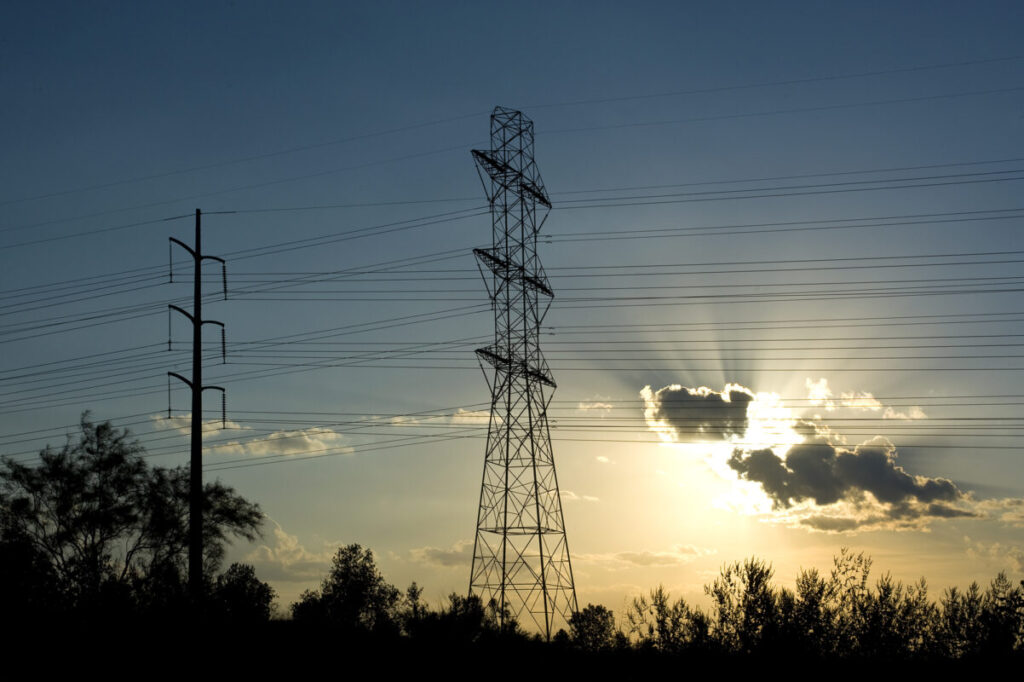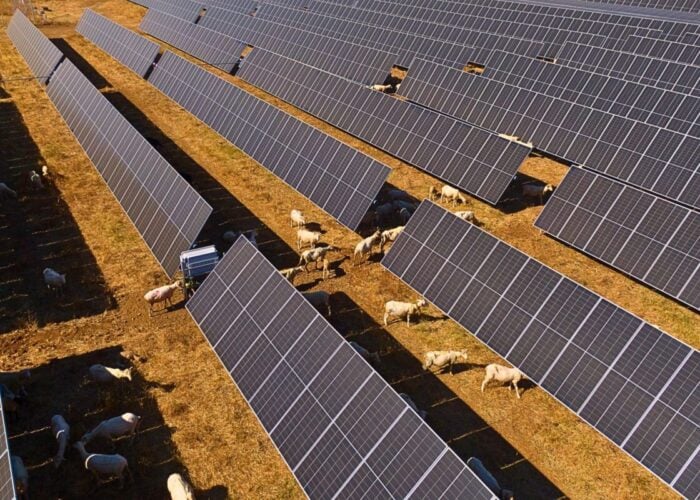
More than two years after the passage of the Inflation Reduction Act (IRA) and the Bipartisan Infrastructure Law, billions of dollars are flowing into US clean infrastructure projects. However, without big changes, progress will be impeded by an ageing grid in need of expansion and a regulatory structure that prevents high-voltage transmission from being built at speed and scale.
The US needs to build many more transmission lines at a faster pace for the grid to remain resilient in the face of increasingly extreme weather, meet rising energy demand and secure affordable power for consumers. While 47,500 new GW-miles are needed to achieve a net-zero grid by 2035, in 2023, only 55 miles of high-voltage transmission lines were completed, the rough equivalent of a mere 126GW-miles.1 The US cannot meet its climate goals without transmission—a point starkly illustrated by a Princeton University study, which found that only half of the IRA’s emissions reductions will be delivered unless we more than double the rate at which we build transmission.
Unlock unlimited access for 12 whole months of distinctive global analysis
Photovoltaics International is now included.
- Regular insight and analysis of the industry’s biggest developments
- In-depth interviews with the industry’s leading figures
- Unlimited digital access to the PV Tech Power journal catalogue
- Unlimited digital access to the Photovoltaics International journal catalogue
- Access to more than 1,000 technical papers
- Discounts on Solar Media’s portfolio of events, in-person and virtual
The Energy Permitting Reform Act (EPRA)—a bill co-sponsored by Senators Joe Manchin (I-WV) and John Barrasso (R-WY) that recently passed out of the Energy and Natural Resources committee with strong bipartisan support—contains critical provisions that would expand and upgrade the nation’s grid. Its key provisions include a requirement for interregional transmission planning and processes to streamline transmission siting approval—which together would make it substantially easier to plan, permit and pay for long-distance transmission.
Interregional transmission planning gets a major boost
Study after study has shown the value of transmission lines that transport power between regions, yet they remain incredibly difficult to build.
In May 2024, the Federal Energy Regulatory Commission (FERC) issued Order 1920, which requires that regional planning processes identify lines that have substantial reliability and economic value and that facilitate public policy goals, such as state clean electricity standards. However, Order 1920 did not address interregional transmission planning.
EPRA would require FERC to issue a similar rule for interregional planning within 180 days of its passage. Such a rule would require regional planning groups—including both Regional Transmission Organisations (RTOs) like PJM and non-RTO regions in the south-east and west—to plan interregional projects within two years of the ruling and then every four years thereafter.
The bill goes further, not only mandating that such lines be planned but also providing much-needed clarity on how to jointly assess projects and pay for them. EPRA would require neighbouring regional planning groups to agree to common input assumptions, benefit metrics and rate treatments to enable the planning groups to jointly identify and select priority projects that improve reliability, benefit consumers and are in the public interest. Companies that build facilities selected through the interregional planning process would file a tariff with FERC for allocating costs. The bill would also create a mechanism for FERC to resolve disputes that arise in the interregional planning process.
While this provision won’t lead to immediate interregional transmission buildout, it would pave the way for sustained efforts to evaluate the benefits of interregional transmission lines and plan for them in the decades to come.
Siting approval made simpler, faster and easier
Currently, interstate transmission lines must receive siting approval from each state they pass through unless they are located along a National Interest Electricity Corridor (NIETC), in which case planners can appeal to FERC for “backstop siting approval”. While recent policy changes to this process are an improvement, in practice it could take years for the Department of Energy (DOE) to finalise the process to designate corridors as NIETCs.
EPRA would do away with NIETCs, replacing them with a more standardized applicant-driven process. In this new system, developers would appeal directly to FERC for siting approval and national interest determination regardless of project location. This streamlined approach could shave years off development processes and save millions of dollars.
While this provision should expedite siting approval, it doesn’t do so at the expense of environmental review and community engagement. FERC would conduct National Environmental Policy Act (NEPA) reviews and take input from the people affected by projects. Developers would also have to prove that their lines have economic and reliability benefits to receive FERC’s consideration.
A mandate to GET more from the existing grid
EPRA also includes provisions to consider improvements to the existing grid that can offset the need for building new transmission, such as through the use of advanced conductors and grid-enhancing technologies (GETs). Replacing wires on existing lines (reconductoring) can double the capacity of existing lines at less than half the cost and in a quicker timeframe than building new lines. EPRA would facilitate improvements to existing lines by exempting reconductoring and GETs from NEPA reviews and require regional planning groups to consider GETs in interregional planning.
EPRA offers a more durable, long-term solution for the grid
As bipartisan legislation, EPRA offers a necessary update to US transmission regulatory processes with less litigation risk than agency rulemakings developed on their own initiative—increasing the likelihood of long-lasting improvements. Importantly, the bill enshrines FERC’s authority to regulate interregional transmission, an essential safeguard in a post-Chevron world where judicial deference to agency interpretation is no longer the status quo.
While more reforms will likely be needed, EPRA would remove barriers to the planning, permitting, and financing of critical transmission projects, paving the way for a cleaner, more reliable and more affordable power system.
Lori Bird is director of the US Energy Program at the World Resources Institute (WRI). Joe Hack is a fellow at the WRI, specialising in transmission.
- See Table VI-2 on pg. 88 of the DOE’s 2023 National Transmission Needs Study for the conversion of transmission line voltage and miles into GW-miles. All 55 miles of line completed in 2023 were 345 kV according to FERC’s December 2023 Energy Infrastructure Update. ↩︎







